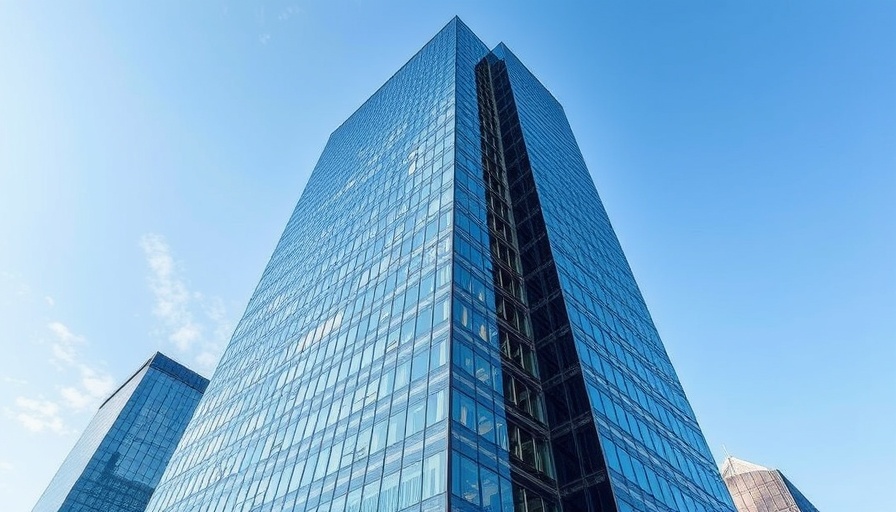
The Future of Urban Environments: Embracing Change Through Adaptive Reuse
As cities evolve and technology drives new lifestyles, the focus on adaptive reuse has never been more essential. Urban areas are undergoing rapid transformation as remote work and digital engagement reshape our interaction with physical spaces. This shift has led to declining occupancy rates in offices and retail environments, prompting a critical reassessment of how these existing structures can be reimagined to serve future needs.
Understanding Adaptive Reuse: A Smart Solution for Modern Problems
Adaptive reuse involves repurposing old buildings for new uses, blending innovation with history. It has roots that stretch deep into our architectural landscape but is now being propelled forward by the rise of artificial intelligence and predictive analytics. This blend of technology and traditional practices allows for enhanced decision-making that prioritizes sustainability and community involvement.
Case Study: Washington D.C. and The Pressure for Change
In cities like Washington D.C., the combination of population growth and the digital revolution has imposed enormous demands on infrastructure. Power, water, and data resources are becoming increasingly strained. Adaptive reuse offers a path to not only alleviate this pressure but also to revitalize neighborhoods and support economic development. By transforming underused buildings into mixed-use spaces, cities can better accommodate growing populations while simultaneously preserving historical sites.
Radical Rethinking of Our Built Environment
In navigating the future, the distinctions between planning and immediate action blur. The need for immediate adaptive strategies often overshadows long-term urban planning, which has historically led to inefficiencies in resource management. Now, however, emergency solutions can be guided by forward-thinking approaches that consider future infrastructure demands and community needs.
Future Trends: The Role of Technology in Adaptive Reuse
As cities look to technology, adaptive reuse will increasingly hinge on data-driven insights. Using predictive analytics can inform which structures will best serve as adaptive reuse candidates, optimizing resources and reducing waste. The merging of innovative technology with historical architecture demonstrates a profound opportunity to create spaces that are not only functional but inspirational.
Actionable Strategies for Stakeholders
For property owners and city planners, embracing adaptive reuse means considering several strategies:
- Conduct Thorough Assessments: Analyze existing properties to determine potential for reuse.
- Engage Communities: Involve local stakeholders in the decision-making process.
- Utilize Incentives: Leverage government and financial incentives for adaptive reuse projects.
By focusing on these areas, stakeholders can foster a collaborative approach that aligns with the needs of modern urban living and sustainability goals.
Conclusion: Thriving Communities Through Adaptive Reuse
The importance of adaptive reuse cannot be overstated as cities face unprecedented challenges. By repurposing existing buildings, we not only preserve our cultural heritage but also create viable solutions for urban growth. Embracing these methods aligns with the needs of today’s society, ultimately paving the way for more sustainable, dynamic communities that are equipped for the future.
 Add Row
Add Row  Add
Add 




 Add Row
Add Row  Add
Add 

Write A Comment